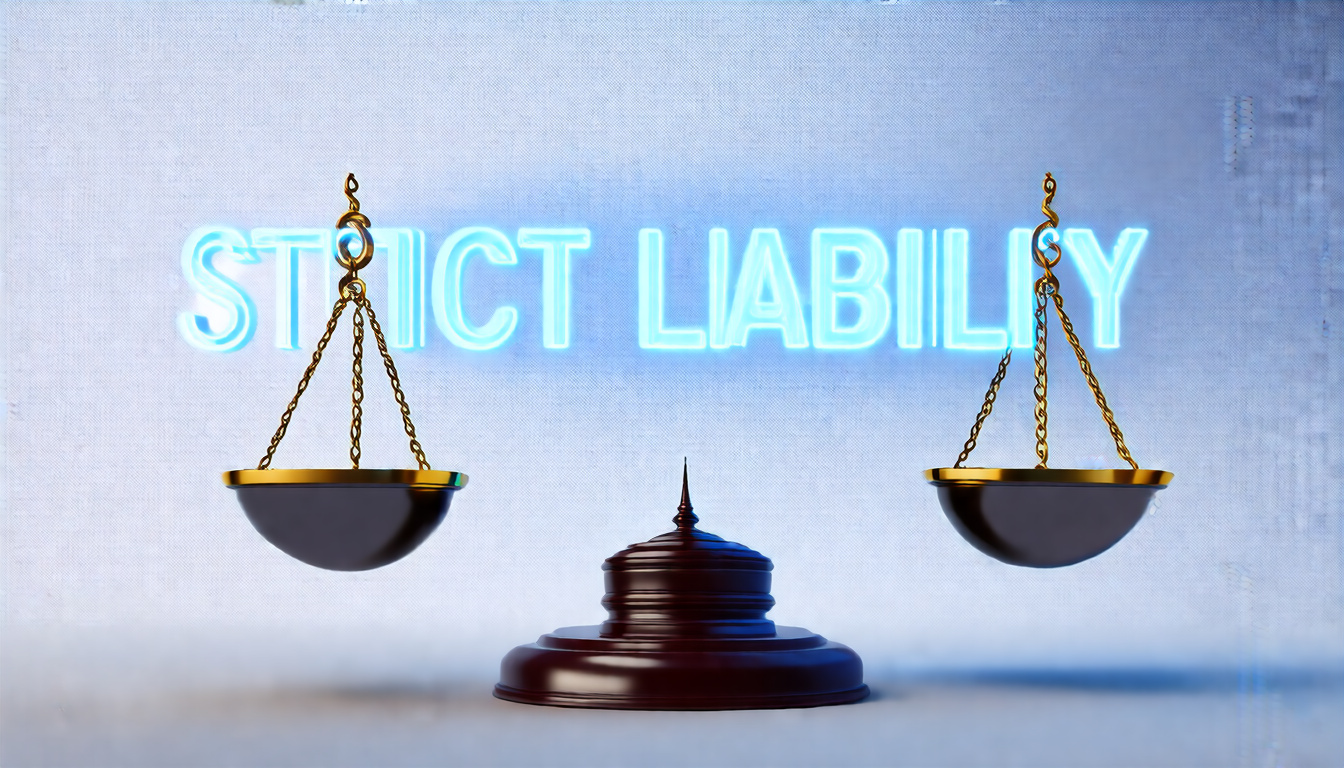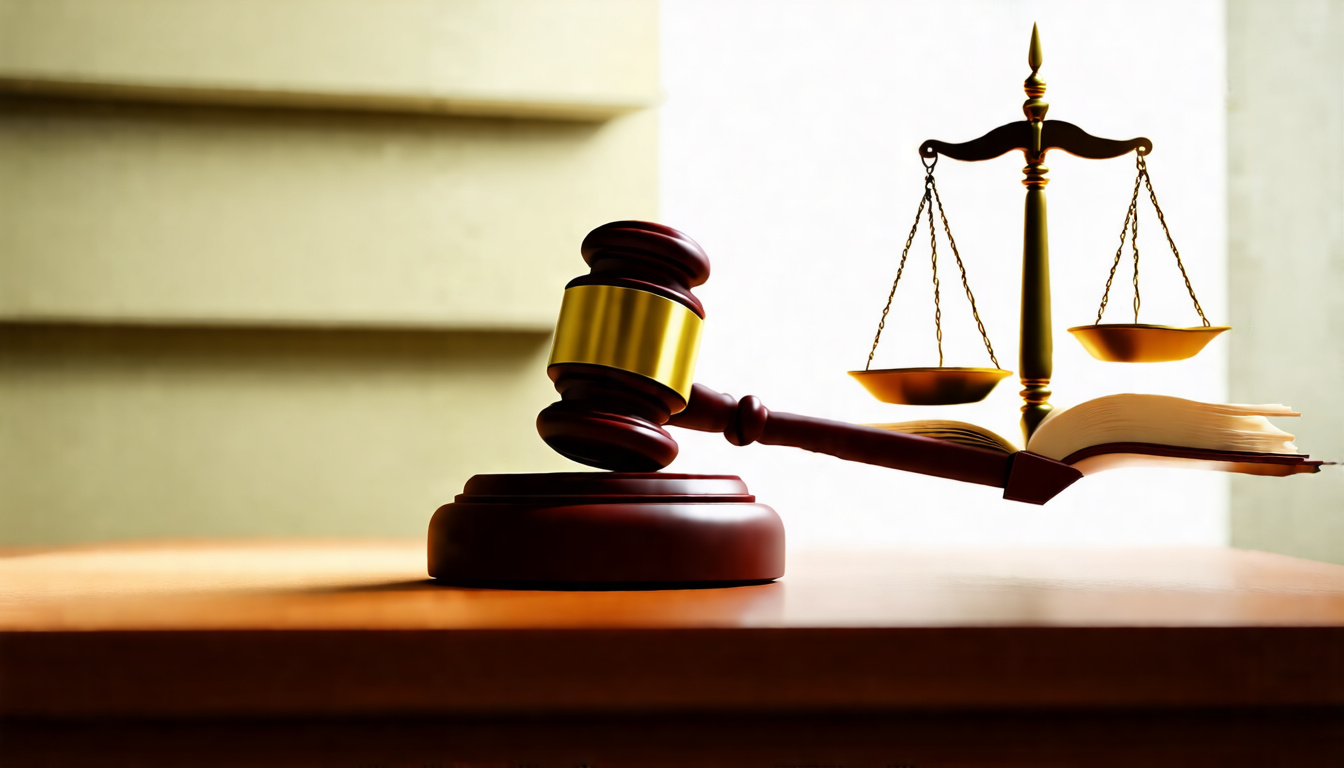When legal responsibility arises, strict liability appears. It holds someone responsible if harm comes from their actions or products. You do not need to show fault or carelessness. Instead, strict liability simply links cause to damage. This law matters when you must know who must answer for harm.
In this article, we explore strict liability’s basics, its legal uses, and its impact on those involved.
What Is Strict Liability?
Strict liability is a rule. It makes a party pay for damage or injury when their actions or product causes harm. You do not show intent or negligence. You only show that harm came from a specific action or product. Under this rule, the claim depends on harm alone.
When Does Strict Liability Apply?
Strict liability works in these cases:
- Product liability: A defective product causes injury. The maker or seller then must answer.
- Abnormally dangerous activities: Using explosives or keeping wild animals carries risk. Any harm links to the risky act.
- Animal attacks: An owner may pay if their pet or livestock injures someone.
- Statutory or regulatory violations: Some laws make a party liable if a harmful act violates regulations.
This rule means that when someone supplies a risky product or conducts a dangerous act, they must help the victim and keep public safety high.
The Importance of Strict Liability in Product Liability Cases
Product liability shows strict liability in action. When a product is unsafe—by design flaws, manufacturing errors, or poor warnings—the injured person can claim strict liability. Here, the plaintiff does not prove negligence but only links the unsafe product to the harm. Typical defects include:
• A design that makes a product unsafe for regular use
• A manufacturing error during production
• A failure to warn about risks
By holding companies responsible, strict liability pushes for safer products and better processes.

How Strict Liability Differs From Negligence
It is important to see the difference between strict liability and negligence:
| Aspect | Strict Liability | Negligence |
|---|---|---|
| Fault Requirement | No need to prove fault or intent | Plaintiff must show the defendant’s fault |
| Focus | Harm caused by the activity or product | Whether the defendant breached a duty of care |
| Common Cases | Product liability, dangerous activities | Car accidents, medical malpractice |
| Burden of Proof | Easier for plaintiff; fault does not need proof | Plaintiff must prove carelessness and cause |
Strict liability protects victims by focusing only on harm. Negligence requires a deep look into the defendant’s duty of care.
Examples of Strict Liability in Legal Responsibility
Real cases help to see strict liability clearly:
-
Defective Child Toy:
A manufacturer creates a toy with a small, detachable part. The part poses a choking threat. A child is hurt. The manufacturer is strictly liable. -
Use of Explosives:
A company uses explosives to demolish a building. A worker on a nearby site suffers injuries from flying debris. Because explosives are risky, strict liability applies. -
Dog Bite Incident:
A dog bites a visitor. Local laws may require the owner to be strictly liable even if they took precautions.
Key Elements Required to Establish Strict Liability
To win a strict liability case, the plaintiff must show three things:
- The defendant engaged in a risky activity or supplied a dangerous product.
- That action or product caused damage.
- The plaintiff suffered actual harm or loss.
Notice that you do not need to prove carelessness.
Advantages and Challenges of Strict Liability
Advantages
• Enhanced victim protection: Victims receive compensation without proving fault.
• Encourages caution: Businesses work to create safer products and practices.
• Simplifies litigation: Courts do not need deep investigations into fault.
Challenges
• Potential for unfairness: A defendant may pay even when they act responsibly.
• Economic impact: Higher liability costs may pass on to consumers.
• Balancing act: Courts must decide carefully when to use strict liability.
FAQs About Strict Liability in Legal Cases
-
What types of cases use strict liability?
Strict liability appears in product liability, dangerous activity, and animal attack cases. Some laws also use it. -
Can strict liability apply if the defendant is not negligent?
Yes. Strict liability depends on harm alone, not on proving negligence or intent. -
How is strict liability proven in court?
The plaintiff shows that the defendant took part in a risky act or supplied a dangerous product and that this directly caused the harm.
Conclusion: Why Understanding Strict Liability Matters
Strict liability matters in legal responsibility. It shifts focus to harm done, not the fault behind it. This rule aids victims, encourages safer practices, and pressures businesses to improve quality. If you face a strict liability claim or want to protect your business, consult with a skilled attorney. Secure your rights and understand the risks. For further guidance, check resources like Cornell Law School’s Legal Information Institute. Act today to protect your legal interests.
Author: Doyle Weaver, Attorney at Law
Home | Estate Planning | Personal Injury | Hill Country Lawyer | Terms of Service | Privacy Policy
© 2025 Digital Law Firm, P.C.
Disclaimer: The content provided in this blog is for educational and informational purposes only. It is not intended to constitute legal advice or establish an attorney-client relationship. The information presented does not address individual circumstances and should not be relied upon as a substitute for professional legal counsel. Always consult a qualified attorney for advice regarding your specific legal situation. The author and publisher are not liable for any actions taken based on the content of this blog.

Leave a Reply